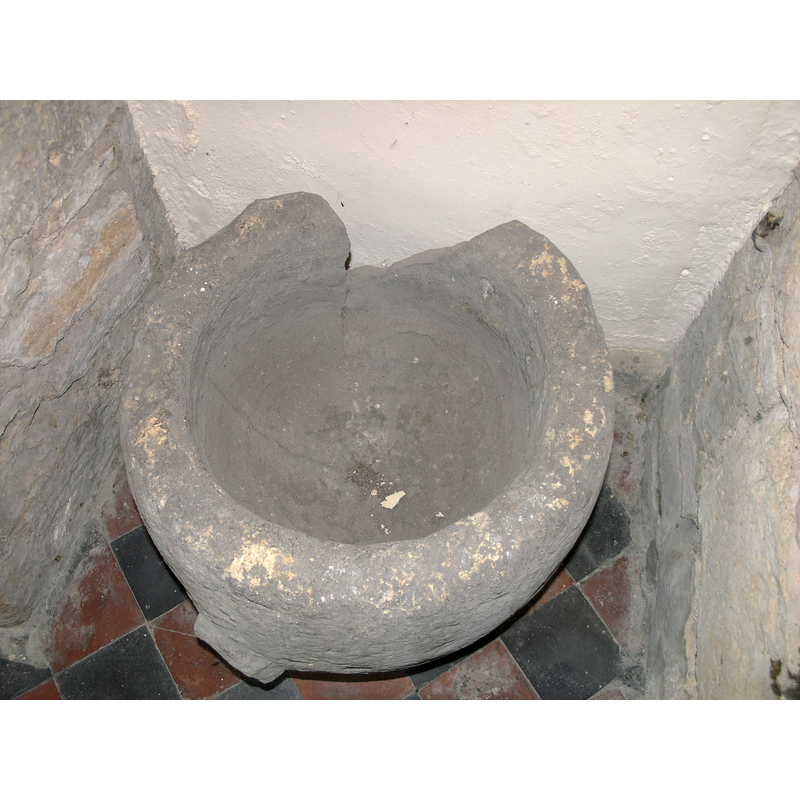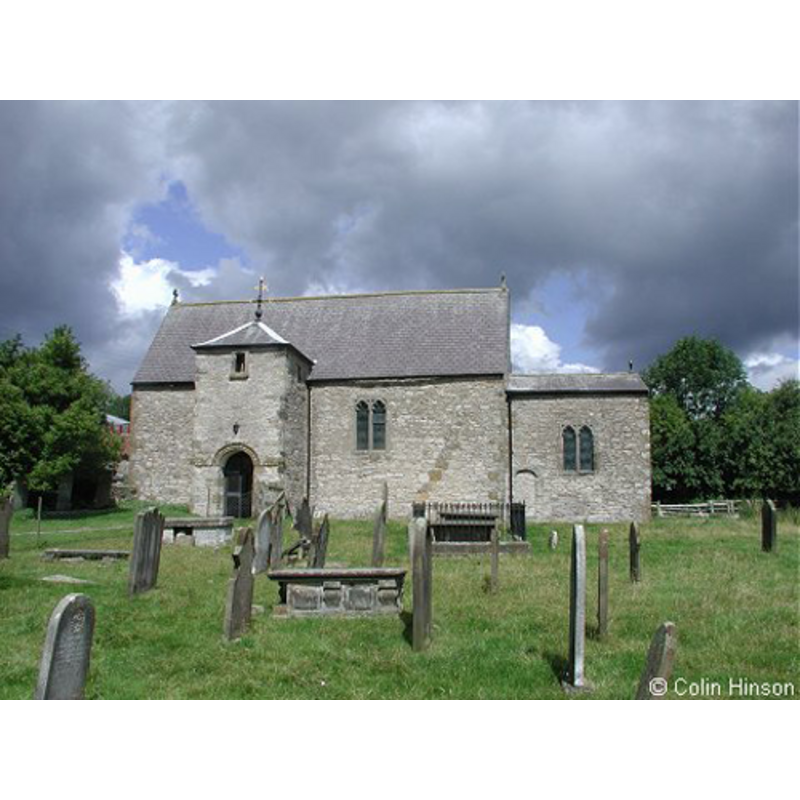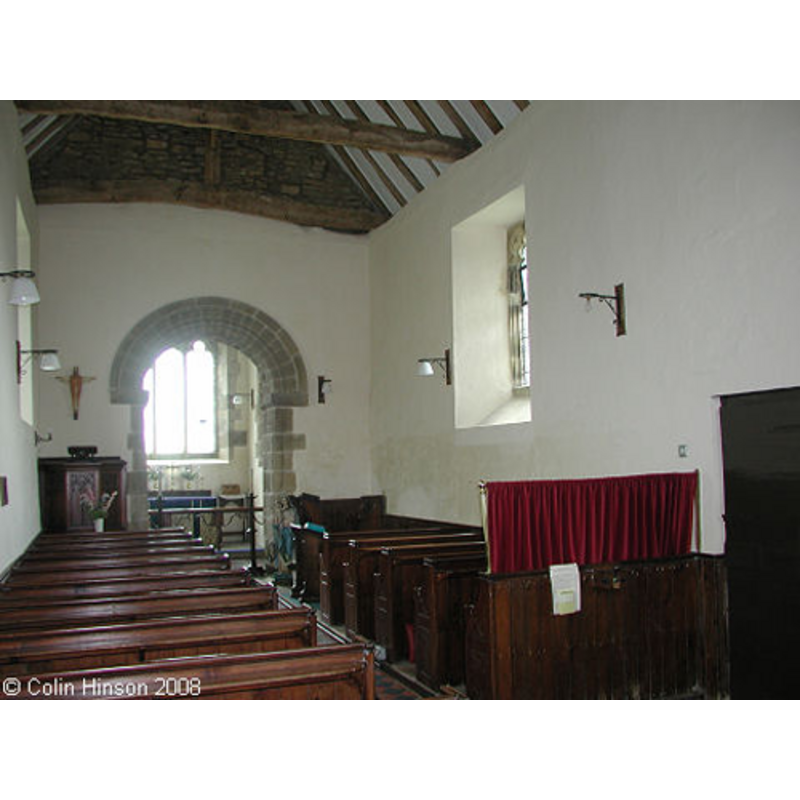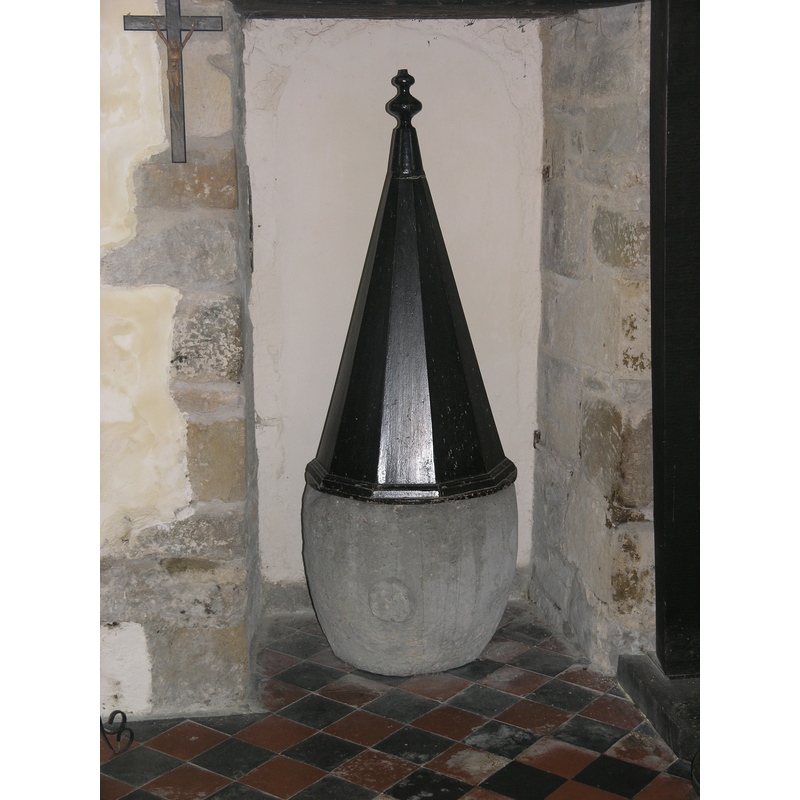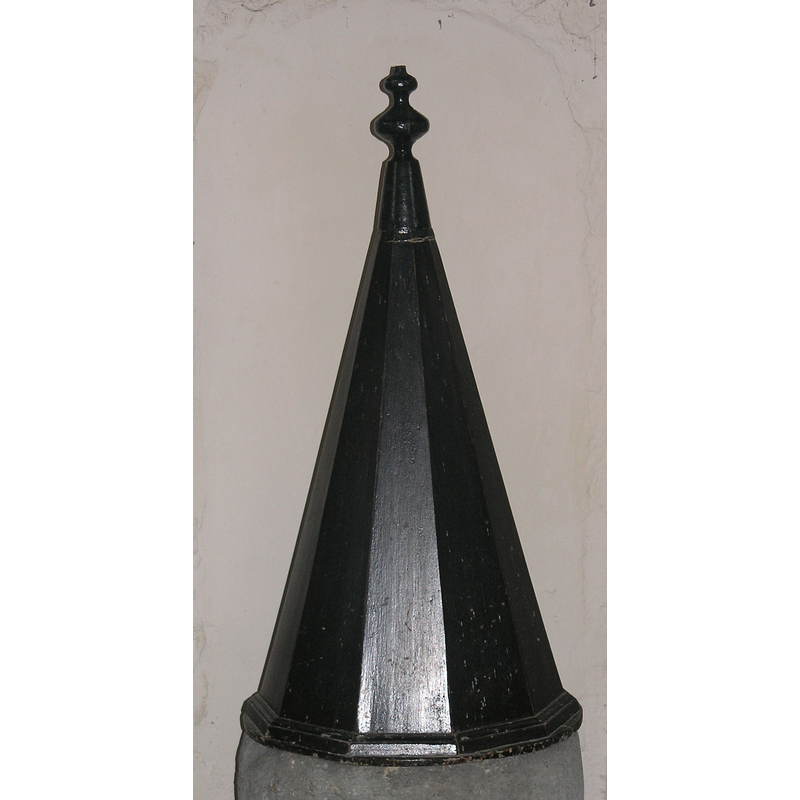Old Byland No. 1 / Begeland / Bella Landa super Moram / Bellaund
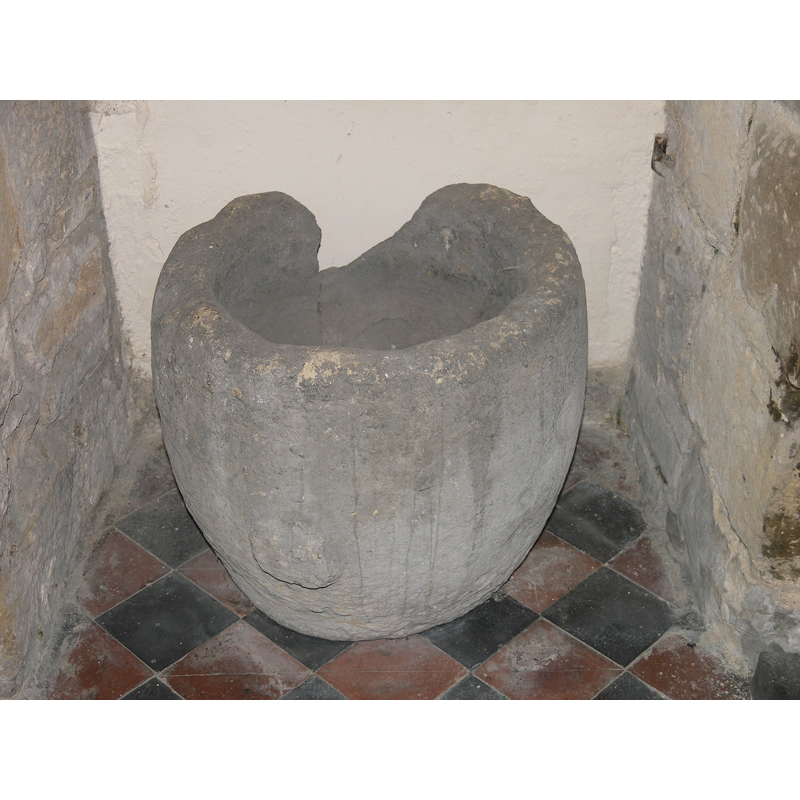
Image copyright © Colin Hinson, 2010
Standing permission
Results: 7 records
B01: design element - motifs
Scene Description: either a decorative motif (if it is a font), or a supporting pivot (if it is a container for other uses) [cf. Font notes]
Copyright Statement: Image copyright © Colin Hinson, 2010
Image Source: digital photograph taken 4 April 2010 by Colin Hinson [www.yorkshireCDbooks.com]
Copyright Instructions: Standing permission
view of basin - interior
view of church exterior - south view
view of church interior - nave - looking east
view of font
view of font and cover
INFORMATION
FontID: 16752BYL
Object Type: Baptismal Font1?
Church/Chapel: Parish Church of All Saints
Church Patron Saints: All Saints
Country Name: England
Location: North Yorkshire, Yorkshire and the Humber
Directions to Site: Located just W of Rievaulx Abbey, 7-8 km WNW of Helmsley, in the SW corner of the North York Moors National Park
Ecclesiastic Region: Diocese of York
Historical Region: Hundred of Yarlestre
Font Location in Church: Inside the church, in an alcove [near the chancel?] [cf. FontNotes]
Century and Period: 11th - 14th century, Medieval
Credit and Acknowledgements: We are grateful to Colin Hinson, of www.yorkshireCDbooks.com, for his photographs of this church and font. We are also grateful to Hayd Scott, local historian of Old Byland, for his information and help documenting this font
Font Notes:
Click to view
There is an entry for [Old] Byland [variant spelling] in the Domesday survey [https://opendomesday.org/place/SE5585/old-byland/] [accessed 12 September 2019]; it reports a priest and a church in it. The Victoria County History (North Riding, vol. 2, 1923) mentions ''an old Norman font'' in the village green and, later notes: ''in the churchyard is what appears to be an early font'. The Parish web site [www.upperryedale.org.uk/obyland.htm] notes: "In the chancel is a rough stone basin. During the 19th century it is recorded as standing on the village green. It may date back to the Viking period, or even be Romano-British. The 18th century wooden cover on it [?] used to belong to the font." The object described in these two sources is an egg-cup shaped vessel that appears to have been used as a font, though it is not clear whether it was originally intended as one; the protrusion on the un-broken side, about half of the way down the side could, if there were another such at the back, be the hinge on which the vessel would have been supported [on a Y-shaped rest, for instance] to pivot and be used as a grain or liquid measure. On the opposite side of the argument is the fact that there is a central drain in the basin, though this could have been trilled later to make use of the vessel as a font [cf. Bond (1908) comments on mortars and grain measures being mistaken for fonts]. If there is no corresponding protrusion at the back, it is more likely that this may have been a font originally, though the claim for great antiquity should, again, be taken 'cum grano salis'. [NB: we were able to get further local information about this vessel: Mr. Haydn Scott, of Old Byland, and a churchwarden at All Saints inform [e-mail of 6 July 2010 to BSI that 1)there is no corresponding protrusion at the back, 2)that the object is of unknown origin but was moved into the churchyard in the 19th century, and 3)that its original function is not known]. The tall polygonal wooden cover, said to be of the 18th century looks rather incongruent on top of this object [cf. Index entry for Old Byland No. 1 for the other font in this church]
MEDIUM AND MEASUREMENTS
Material: stone
Font Shape: round
Basin Interior Shape: round
Basin Exterior Shape: round
Drainage Notes: no lining
LID INFORMATION
Date: 18th-century?
Material: wood, oak
Apparatus: no
Notes: tall polygonal [10 sides?]; turned finial
REFERENCES
Victoria County History [online], University of London, 1993-. Accessed: 2010-07-02 00:00:00. URL: https://www.british-history.ac.uk.
![either a decorative motif (if it is a font), or a supporting pivot (if it is a container for other uses) [cf. Font notes]](/static-50478a99ec6f36a15d6234548c59f63da52304e5/compressed/1100702005_compressed.png)
